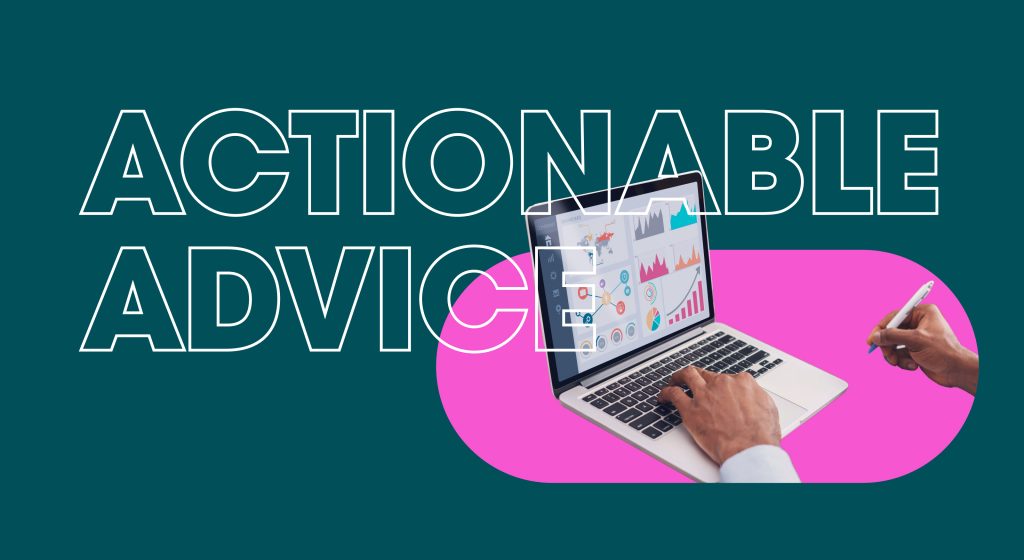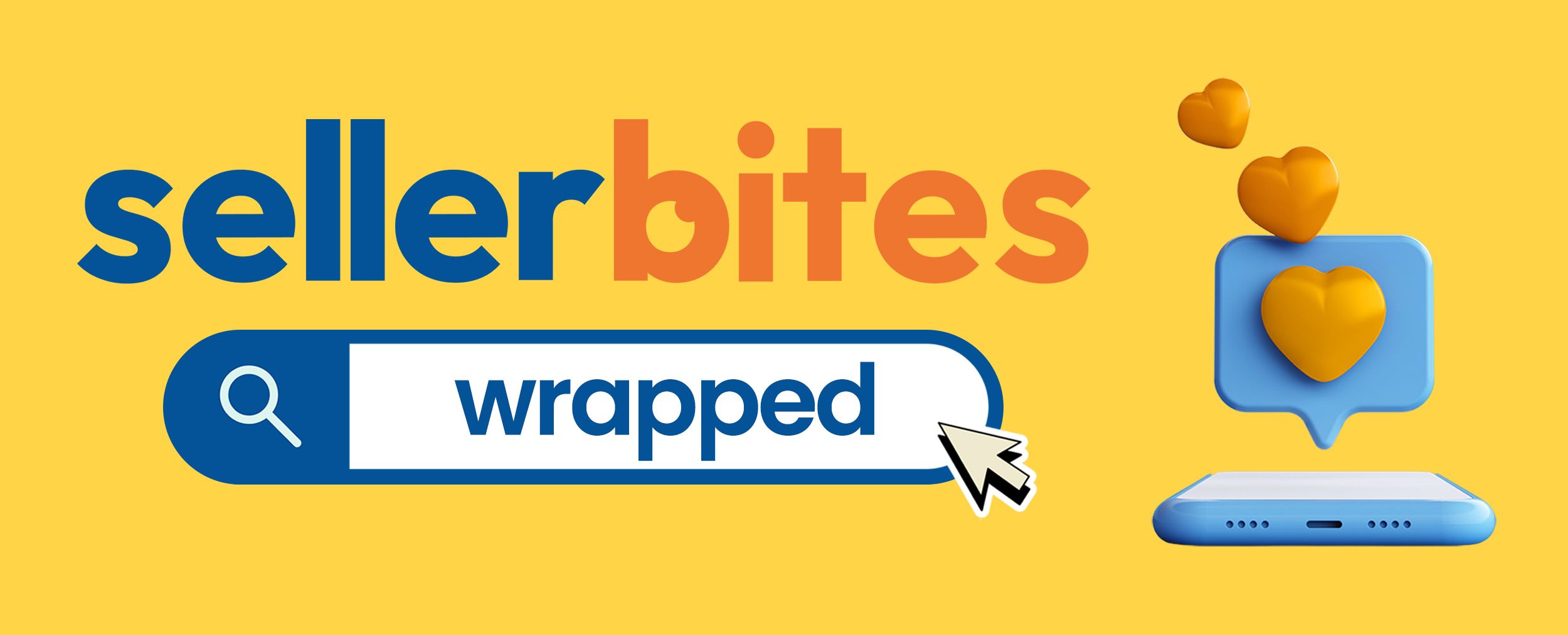BIG IDEA
Aside from smart business strategies, your compliance with Amazon policies is crucial to your success on the platform. But being a 'perfect' follower is not easy, as the company constantly changes its rules and regulations.
🤝 Good thing there are partner agencies that can assist you in avoiding internal roadblocks. Ecommerce Times listed several reasons why you should work with one:
- Keeping up with policy updates can be difficult. As a seller, you have to juggle multiple roles. Hence, it's easy to miss important announcements. Also, Amazon doesn't always give advance notice before updating guidelines.
What do partner agencies do: They ensure you're informed of any changes affecting your business.
- Second chances aren't guaranteed. If you face a suspension, you can appeal your case with evidence that you complied with the rules. But what if you didn't? Amazon's not keen on giving second chances to those who don't follow their policies—even if you're unaware of it.
What do partner agencies do: They make sure you meet the updated requirements for your case.
- Amazon is a complex platform. Aside from understanding and following guidelines, you need to thoroughly understand the seller tools on the platform. Otherwise, you might end up sabotaging your sales instead of boosting it.
What do partner agencies do: They provide guidance on how to use the tools to your advantage.
⛓️ Should you work with Amazon partner agencies?
Unless you have the time and know how to solve the hurdles above, we vote yes to this question.
Besides, partner agencies not only assist you in your marketplace dilemmas but also help manage your business operations. Agencies like Seller Interactive offer full account management services to provide a comprehensive solution to all Amazon needs, including SEO, brand protection, and suspension appeals.
You’re not required to hire third-party services. But as your business grows, internal challenges grow as well. So maybe asking for help is not a bad idea at all, especially if you have the budget for it.

AMAZON NEWS
ICYM: Updates on Amazon’s return and refund policies

As we said, Amazon is fond of updating its rules and guidelines. True enough, a recent update to its return and refund policy was shared on Seller Central.
✏️ Here are the updated answers to three FAQs you must know to properly handle future return requests:
What is the prepaid returns program?
It's a program where Amazon allows returns and provides prepaid return shipping labels for all eligible seller-fulfilled orders. Through this program, customers can return items to sellers with minimal effort and cost.
How do I dispute a refund issued by Amazon?
You can file a reimbursement claim if you believe the refund was issued incorrectly or without authorization. Amazon's customer service team will review your claim and take appropriate action to resolve the issue. For more information, read about Amazon Seller Assurance for eCommerce Transactions (SAFE-T) claims.
How do I provide buyers with a return label for items exempt from the prepaid returns program?
Amazon allows you to generate a prepaid return label for category-exempt items on the Manage Returns page.
💥 Refunds and returns are parts of your Amazon business. They're stressful, but there's a way to defeat the hassle—being informed on relevant policy updates.
To view more details of the updated return guidelines, sign in to your Seller Central account and go to Returns FAQ.

BITES OF THE WEEK
- Selling on Amazon is a continuous search for the best ways to stand out in the competition. And you know by now that adding A+ content to your listing is one of them. - Amazon Seller University
- As part of its grand plan to build an exceptional personal assistant, Amazon doubles down its investment in AI and cloud technology. The catch: it’s now spending less on logistics. - Insider
- A not-so-good news for NFT enthusiasts: the launch of the Amazon Digital Marketplace is delayed due to technical issues. - CoinGape
- Amazon has always been an overachiever. For Q1 of this year, it reported an 11% jump in revenue—surpassing the estimates for its cloud computing and advertising units. - The Guardian
- With the desire to have a greater impact, Amazon has ended its AmazonSmile charity program. But as a result, many beneficiaries have frowns on their faces. - RetailWire

TRENDING TOPIC
AI chatbots are becoming instruments of fake product reviews

AI chatbots are valuable e-commerce tools. Their ability to produce content has made the lives of sellers like you significantly easier.
But what if that ability is being used to cheat the system?
Insider revealed how some product reviews on Amazon appear to be written by chatbots.
🔎 The suspected culprit
—ChatGPT.
The reviews started with "As an AI language model," which is the signature introduction of the famous AI. When the Amazon reviews are recreated using ChatGPT, the length and details of the generated content also match the AI's format.
🌿 A Vine-dictive twist
According to CNBC, non-human reviews can be found in listings of maternity shorts, car batteries, LED aquarium lights, waist trimmers, and even children's workbooks.
But the worst part is that the reviews are traced back to Amazon Vine—an exchange of products and honest reviews program. This means that chatbot-produced reviews can be the next frontier of inauthentic reviews.
🏗️ How does Amazon respond to this?
Apart from suing 11,000 people for fake reviews, Amazon has appealed to other social media platforms to help resolve the issue. The retail giant also promised buyers stricter regulations for removing fake reviews.

ACTIONABLE ADVICE
6 brand health metrics you should monitor

Did you know your Amazon brand can get “sick?” It’s not like human illnesses, but bad reviews and reputations are actually considered brand diseases.
Brand health refers to how people perceive your brand. It measures how happy your customers are with what you offer and how much they trust you.
🩺 Like your account health, you can check how “healthy” your brand is through several factors. Hubspot listed 6 key metrics you should monitor to see how trustworthy your brand is to buyers:
- NET Promoter Score (NPS) - the number of positive feedback minus the number of negative feedback, in percent.

2. Share of Voice (SOV) - the percentage of your mentions over the Internet compared with your competitors. This measures your brand awareness.

- Brand reputation - a combination of several metrics (NPS, SOC, social media reception, etc.) that boils down to your level of trustworthiness and popularity.
- Purchase intent - refers to a customer’s readiness to buy from you at any given time.
- Brand equity - the value generated by your brand compared with generic counterparts. In short, it reveals how much you earn by having a brand name.
- Traffic-driving brand keywords - refers to how much organic traffic can be generated using brand keywords.
💡 While doing good in these metrics is desirable, you shouldn’t beat yourself otherwise. Instead of making brand health metrics your sole target, treat them as a guide in strengthening your brand.








